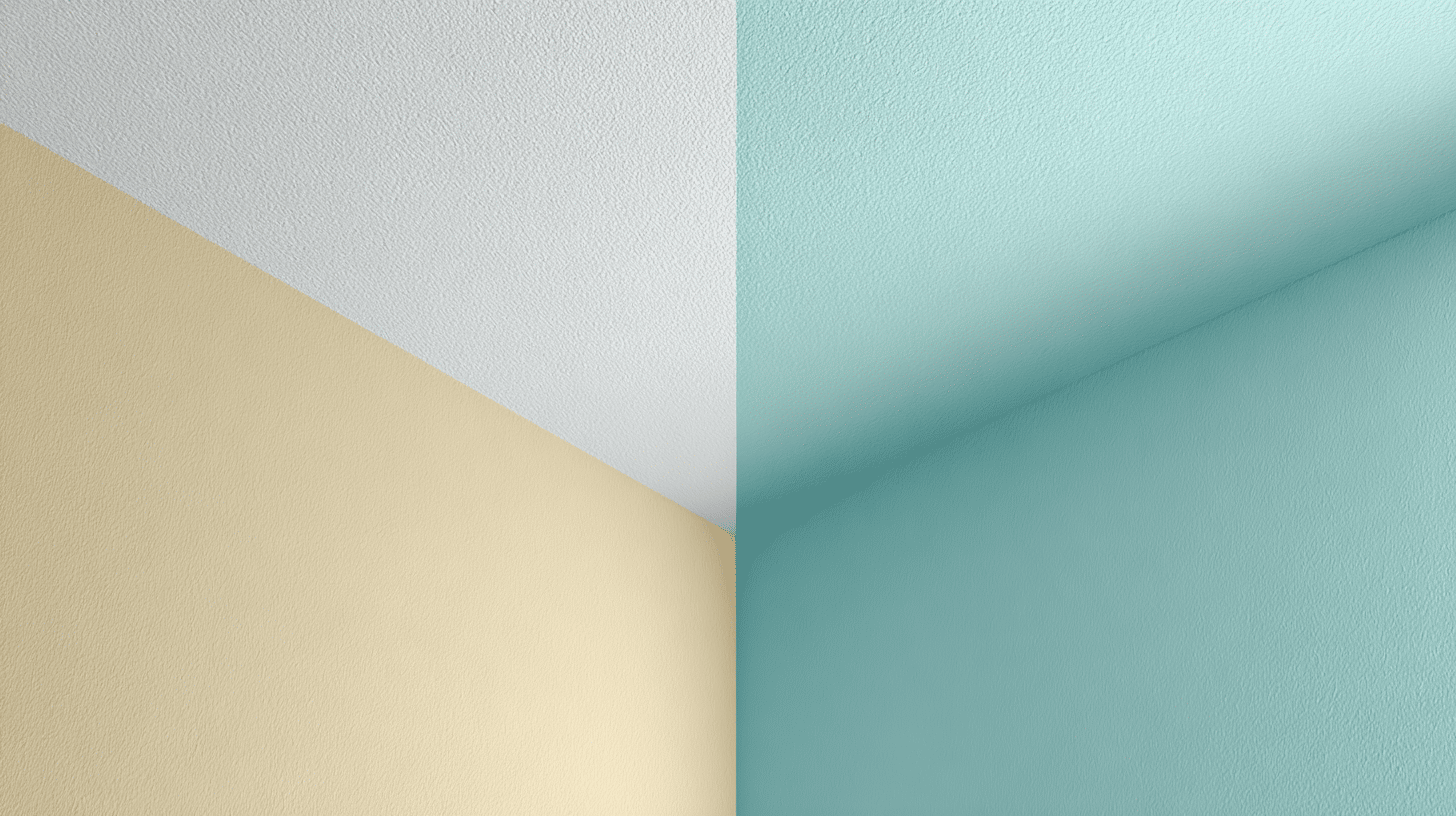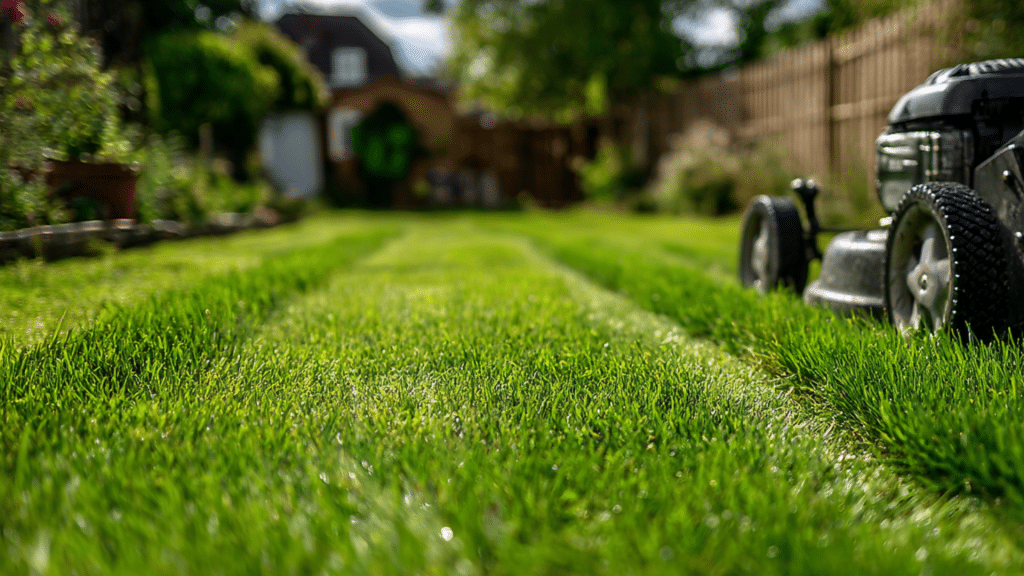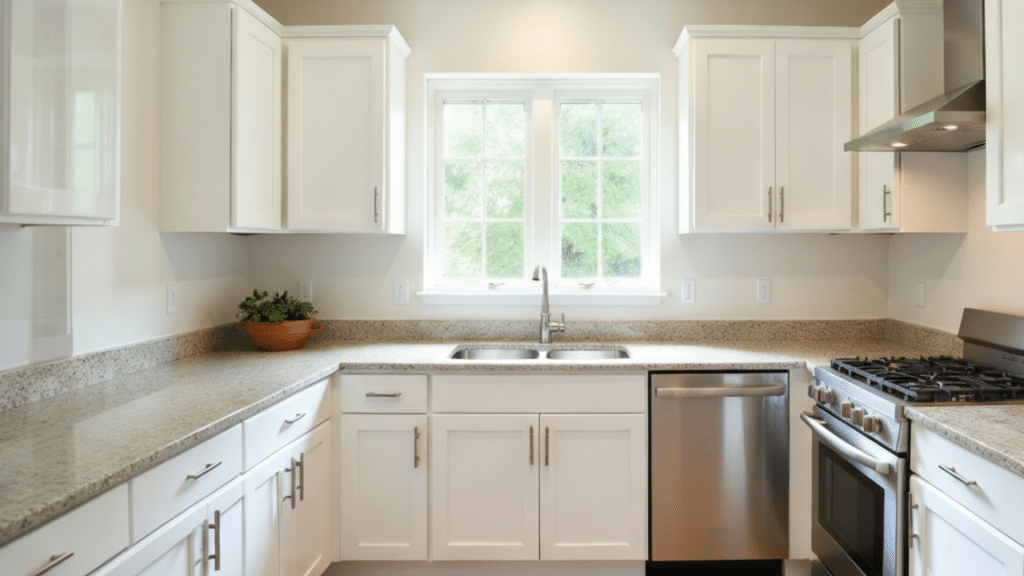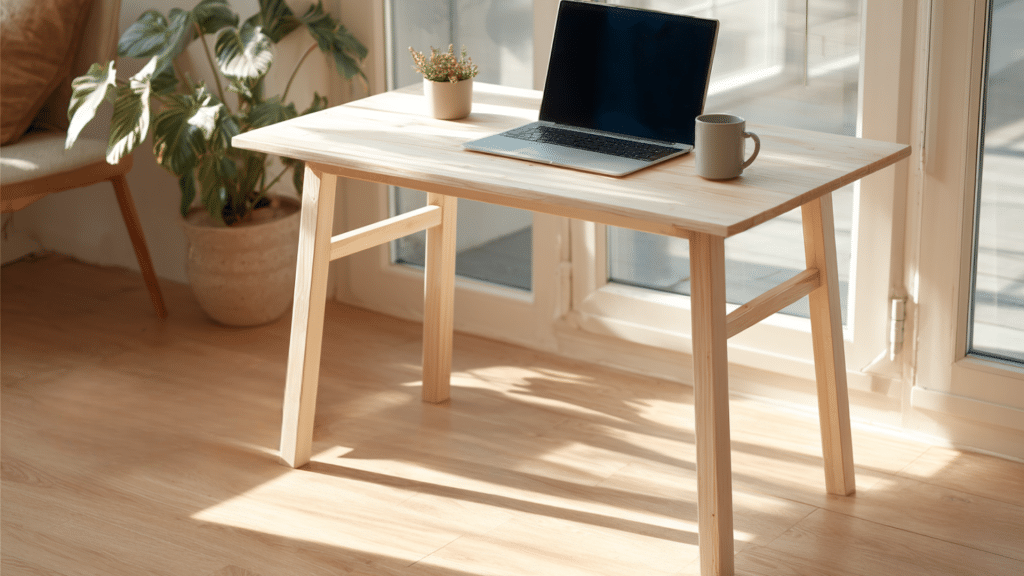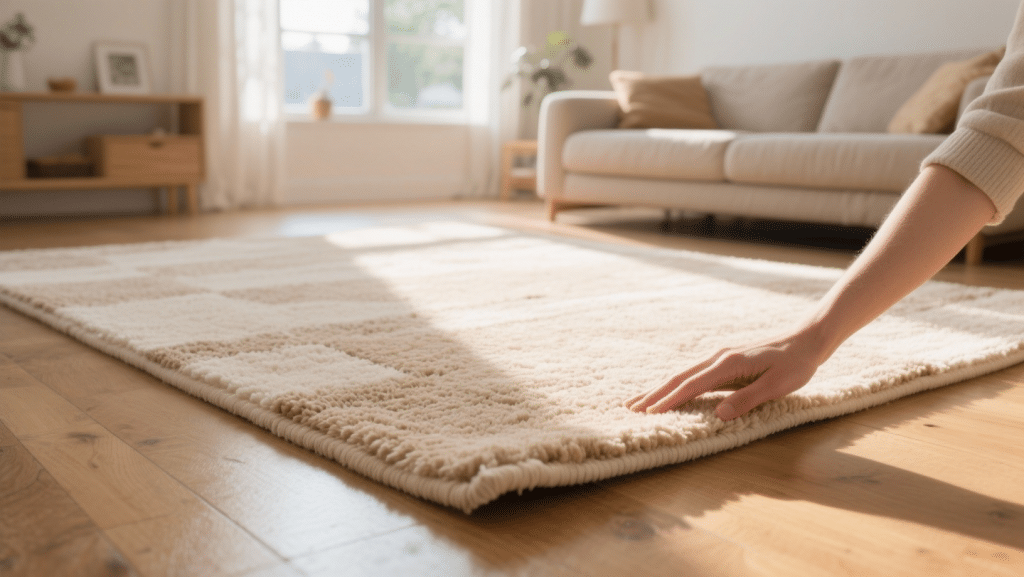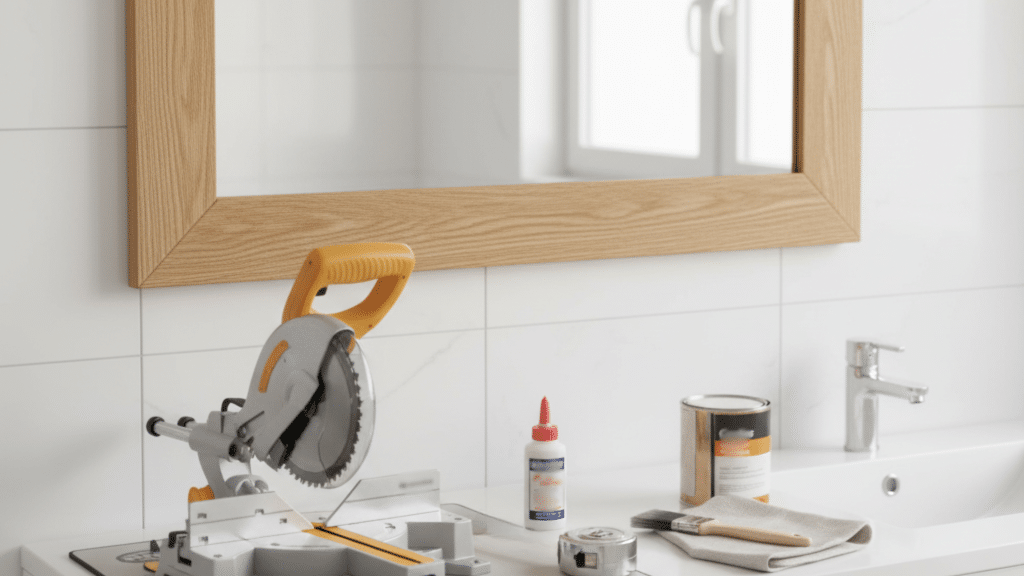You’re staring at your paint cart, wondering if you really need to separate paints for ceilings and walls.
Can’t you just use the same paint everywhere?
Ceiling paint vs wall paint, these are formulated differently for good reasons.
Using the wrong one can lead to drips, uneven coverage, and a finish that just doesn’t look right. Plus, you might end up doing the job twice.
In this post, you will see the key differences between ceiling paint and wall paint. You’ll learn which one to use where, and why it makes a real difference in your final results.
Ceiling Paint vs Wall Paint
Ceiling paint is designed specifically for overhead application. It has a thicker consistency to prevent drips and a flat finish that hides imperfections.
It’s made with less resin since ceilings don’t need high durability or frequent cleaning.
Wall paint is formulated for durability, easy cleaning, and a unique variety.
It spreads smoothly, offers multiple sheen levels, and comes in countless colors to suit any room style.
Characteristics: Ceiling Paint vs Wall Paint
| Characteristic | Ceiling Paint | Wall Paint |
|---|---|---|
| Consistency | Thicker to prevent drips | Thinner for smooth rolling |
| Finish | Flat or matte | Satin, eggshell, semi-gloss, or gloss |
| Durability | Moderate | High |
| Washability | Low | High |
| Color Range | Mostly white or light tones | Wide selection of colors |
| Price | Generally cheaper | Varies by finish and brand |
| Best Use | Ceilings | Walls and trim |
Can You Use Ceiling Paint on Walls?
Technically, you can use ceiling paint on walls, but it’s not recommended.
The flat finish doesn’t hold up well to daily wear. Kids’ fingerprints, scuff marks, and everyday dirt will show up fast.
Ceiling paint isn’t designed to be wiped down either. Try cleaning it, and you’ll likely smear the dirt around or damage the finish.
This becomes a real problem in high-traffic areas like hallways and kitchens.
The limited color options are another downside. You’re stuck with white or very light shades. Most people want more variety for their walls.
If you’re on a tight budget, ceiling paint might work for low-traffic spaces like guest rooms. But for most walls, proper wall paint is worth the investment.
Can You Use Wall Paint on Ceilings?
Yes, you can use wall paint on ceilings, and it actually works better than the reverse.
Wall paint has enough body to cover ceiling surfaces. However, you’ll face some challenges during the application.
The thinner consistency means more dripping. You’ll spend extra time wiping up splatters and protecting your floors. The job takes longer and gets messier than it needs to be.
Wall paint with sheen can also highlight ceiling flaws.
Any bumps, cracks, or texture irregularities will catch the light. This makes imperfections more visible instead of hiding them.
For best results, stick with ceiling paint. But if you’ve got leftover wall paint and a smooth ceiling, you can make it work with careful application
When Ceiling and Wall Paints Work Well Together
Sometimes the best results come from using both paint types strategically. Here’s how you can combine them effectively in your space.
1. Coordinated Color Schemes
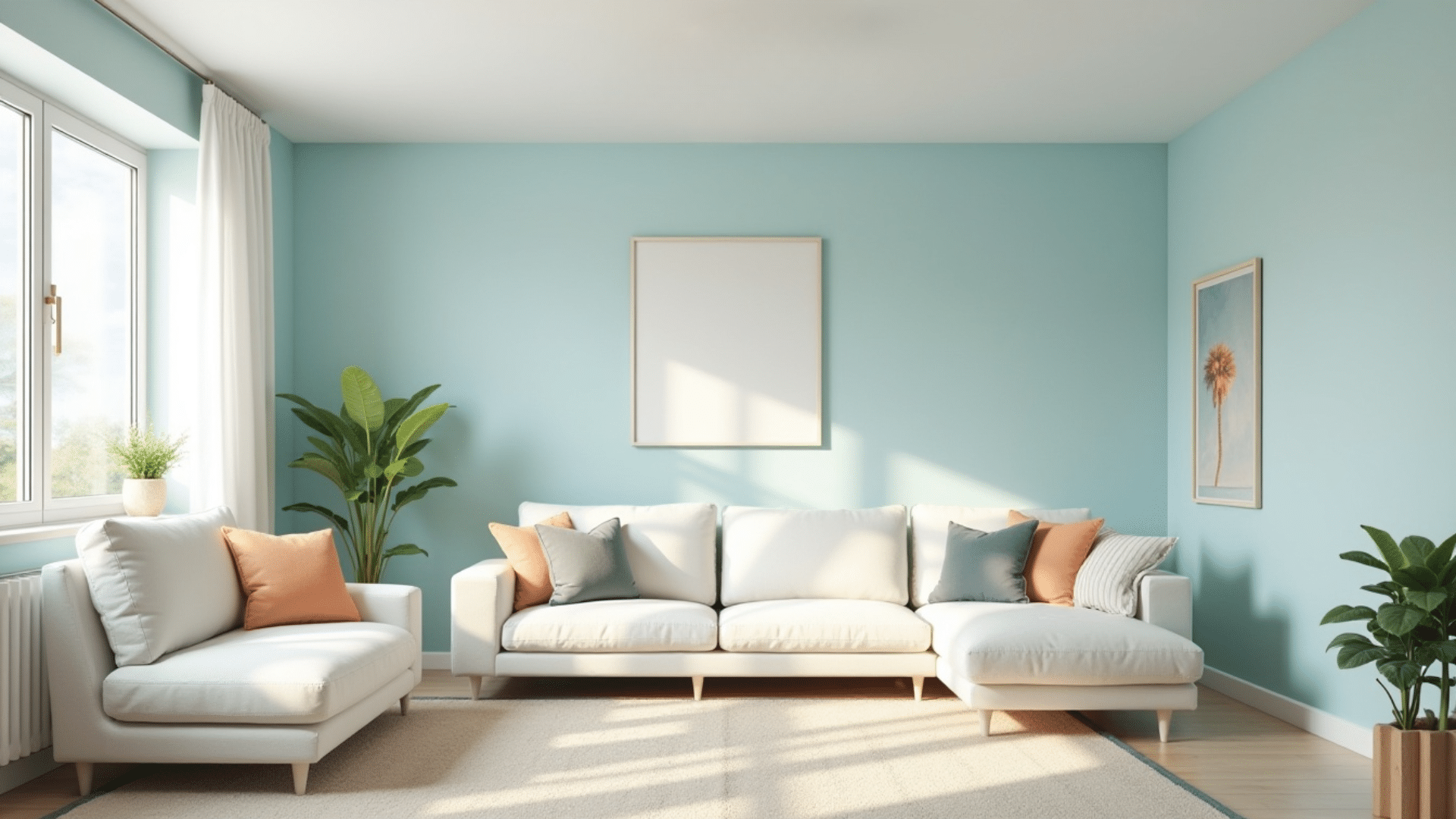
Pick ceiling and wall colors that complement each other. A soft white ceiling paired with colored walls creates visual balance.
Light ceilings make rooms feel more spacious and open. This classic combination works in almost every home style and adds effortless appeal.
2. Matching Sheen Levels
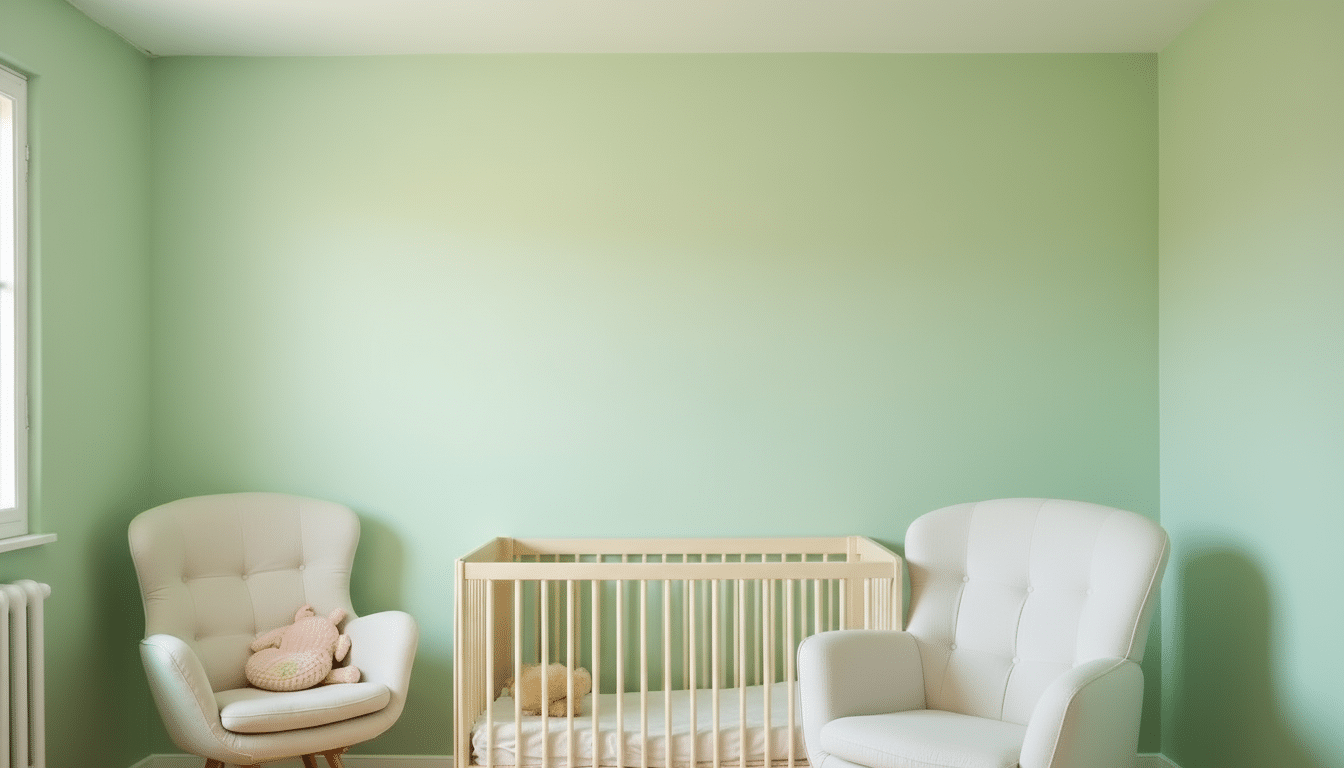
Keep the sheen consistent within the same room for harmony. If your walls have an eggshell finish, consider a flat ceiling. The contrast in sheen helps define different surfaces.
This subtle difference creates depth without drawing too much attention to imperfections.
3. Same Brand Products
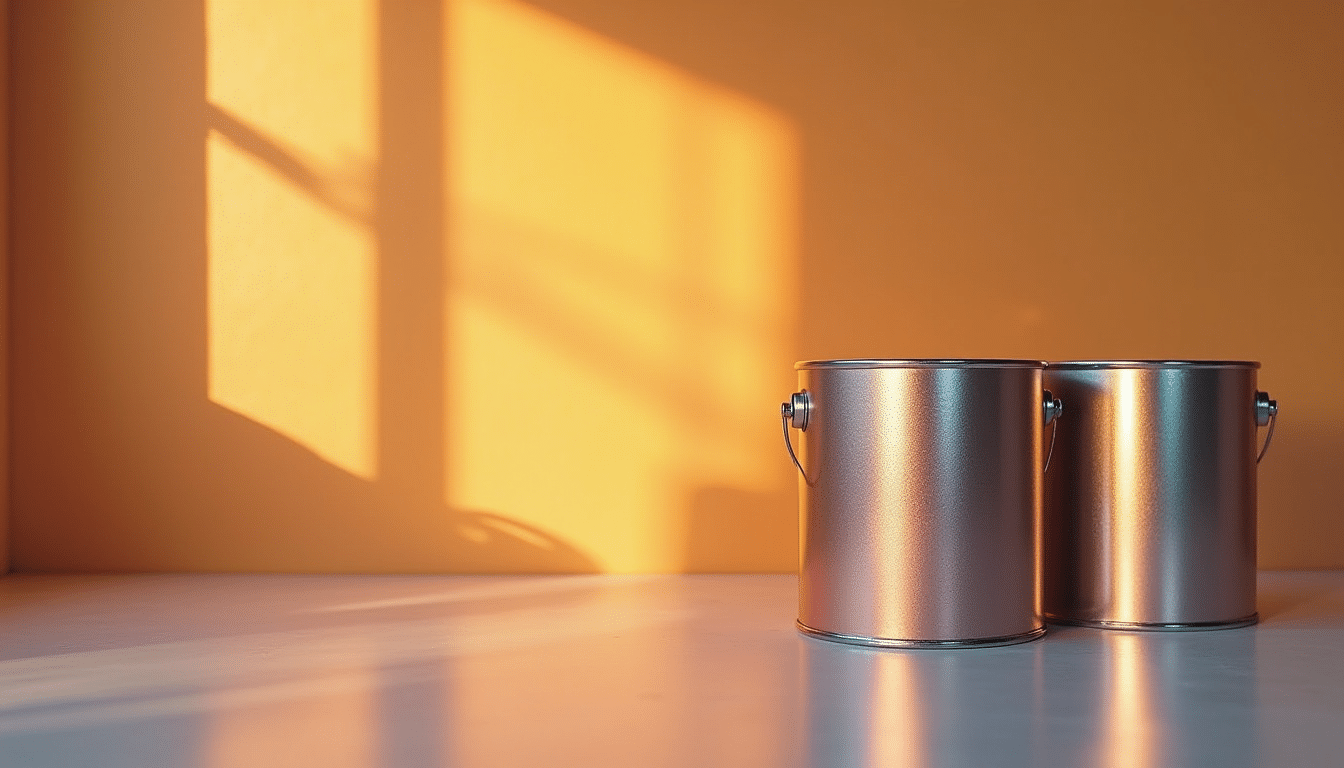
Use one paint brand for both surfaces to ensure color match, chemical compatibility, and prevent issues with adhesion, durability, or reactions that could ruin your work.
4. Proper Primer Selection
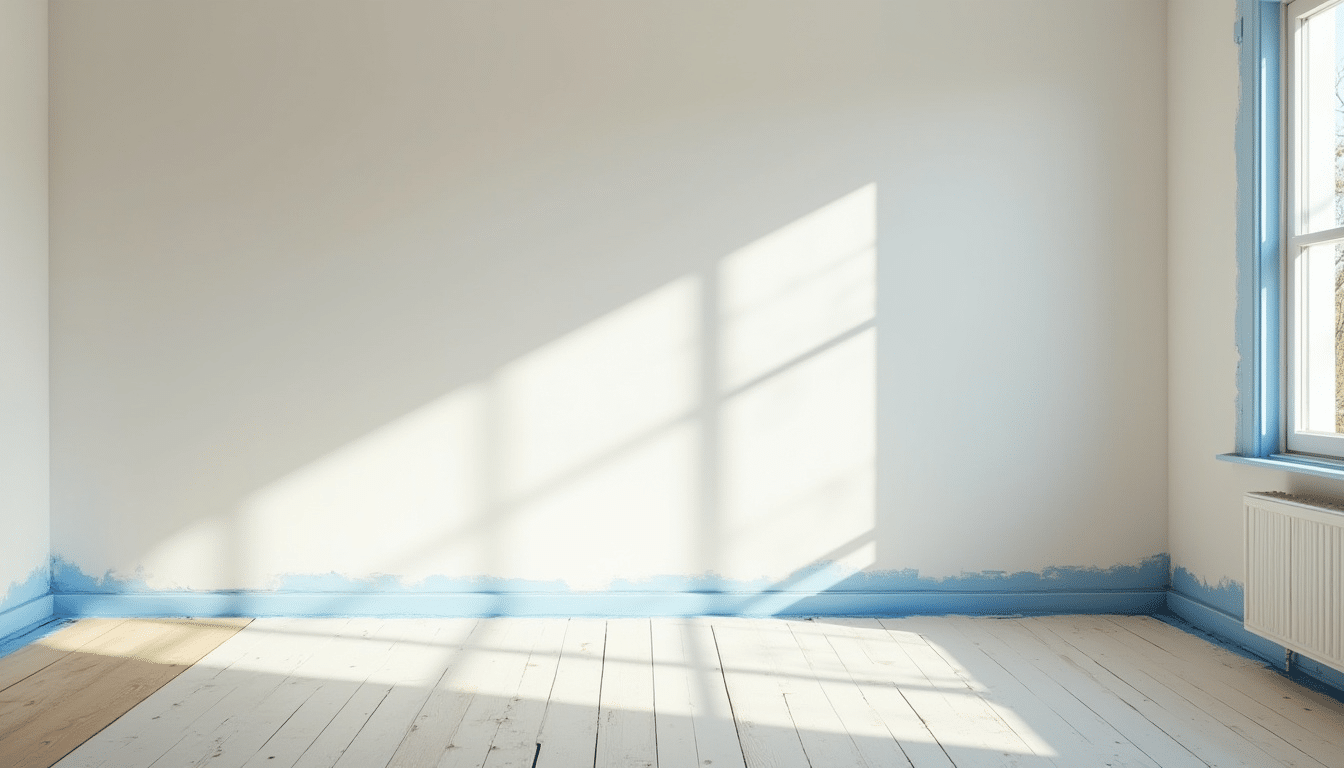
Use a quality primer suitable for ceiling and wall paints. It creates a uniform base, seals surfaces, blocks stains, and reduces the number of coats needed, saving money.
5. Accent Ceiling Treatments
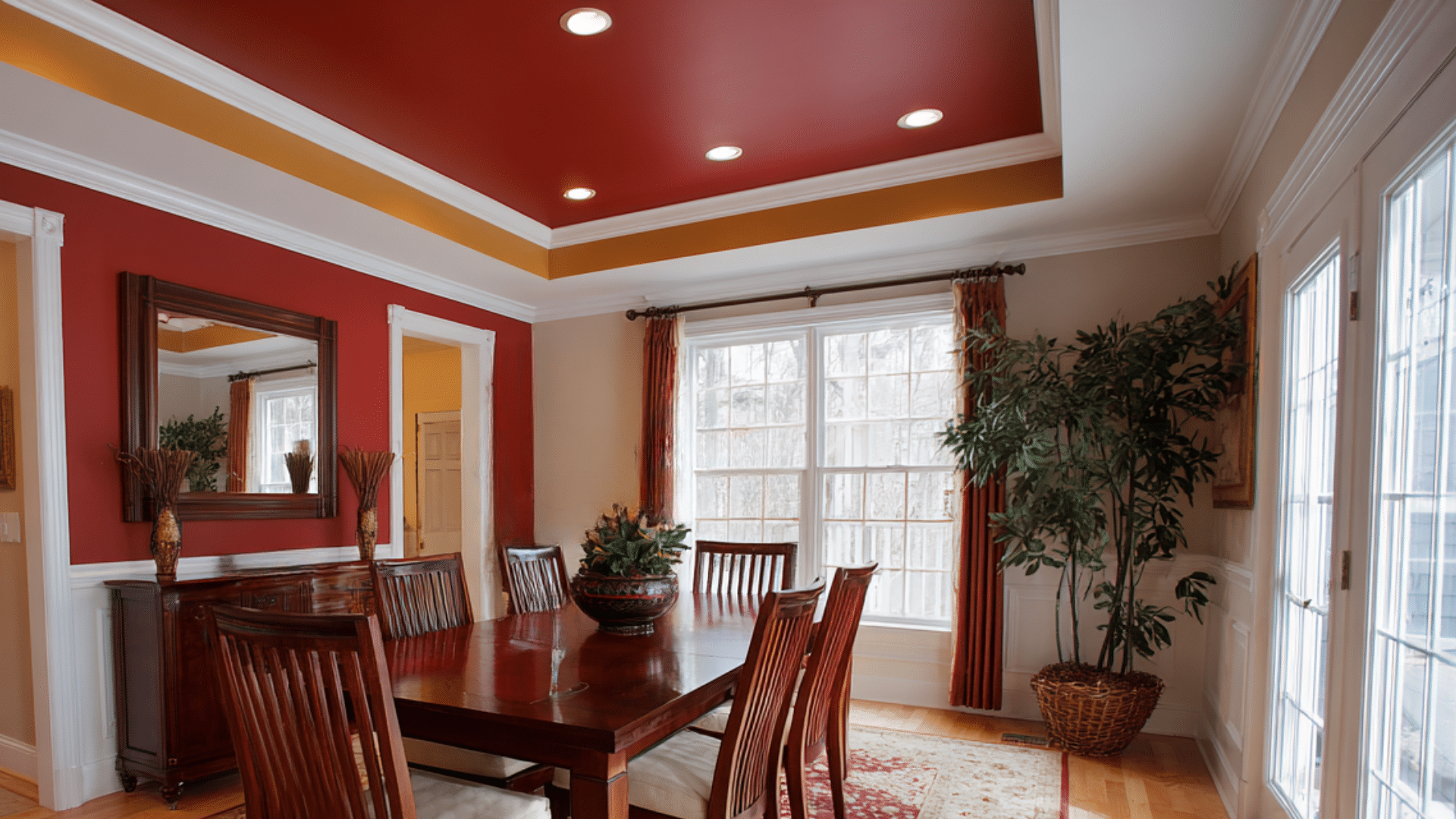
Paint one ceiling section with wall paint for a dramatic effect. This works great in tray ceilings or coffered designs. Use a bolder color to highlight architectural details.
Keep the surrounding areas in standard ceiling paint to maintain balance and prevent the room from feeling too heavy.
6. Transition with Trim
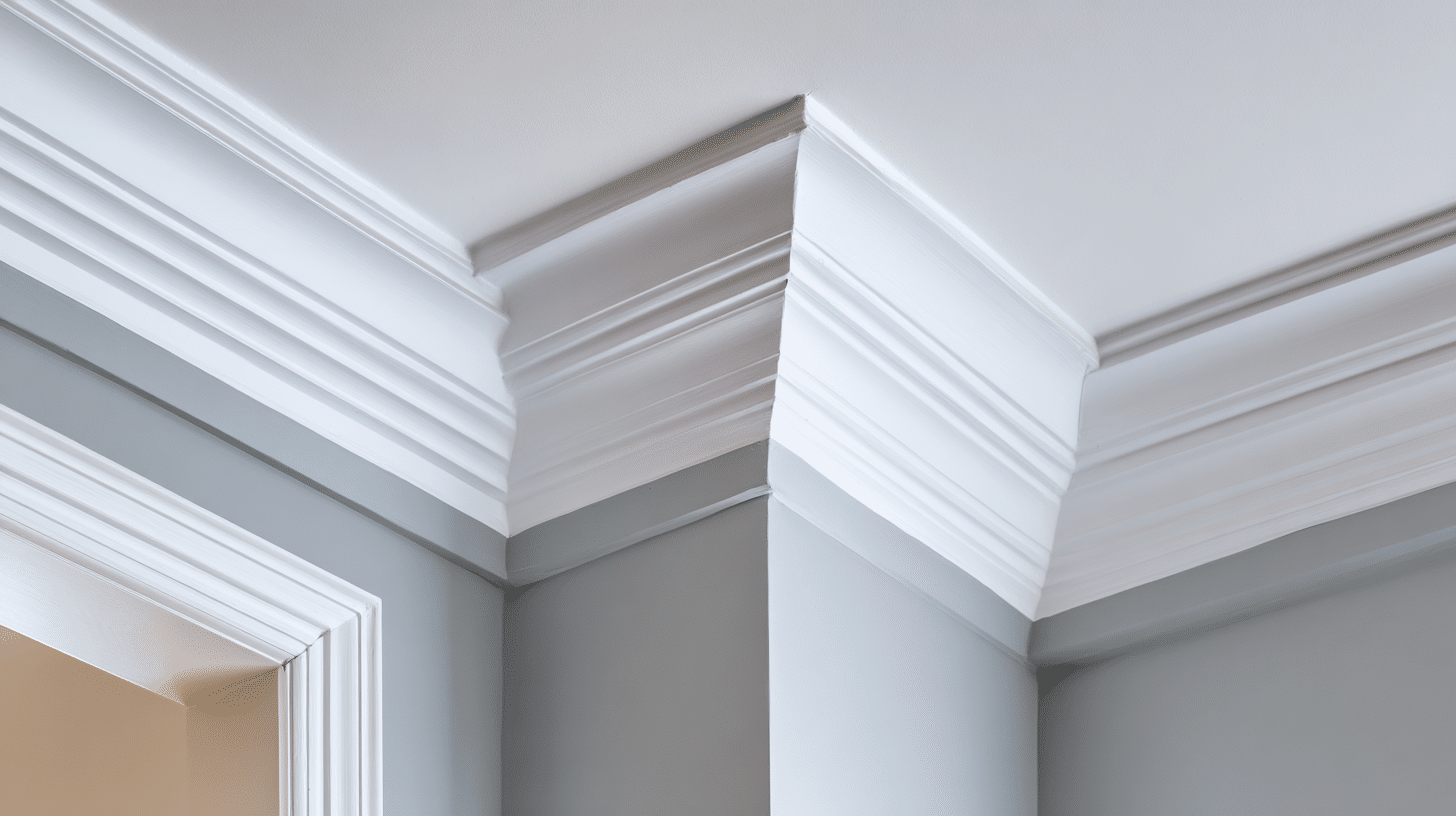
Use semi-gloss wall paint on crown molding and trim to create a smooth visual bridge, add definition, protect high-contact areas, and unify the color scheme.
7. Two-Tone Wall Effects
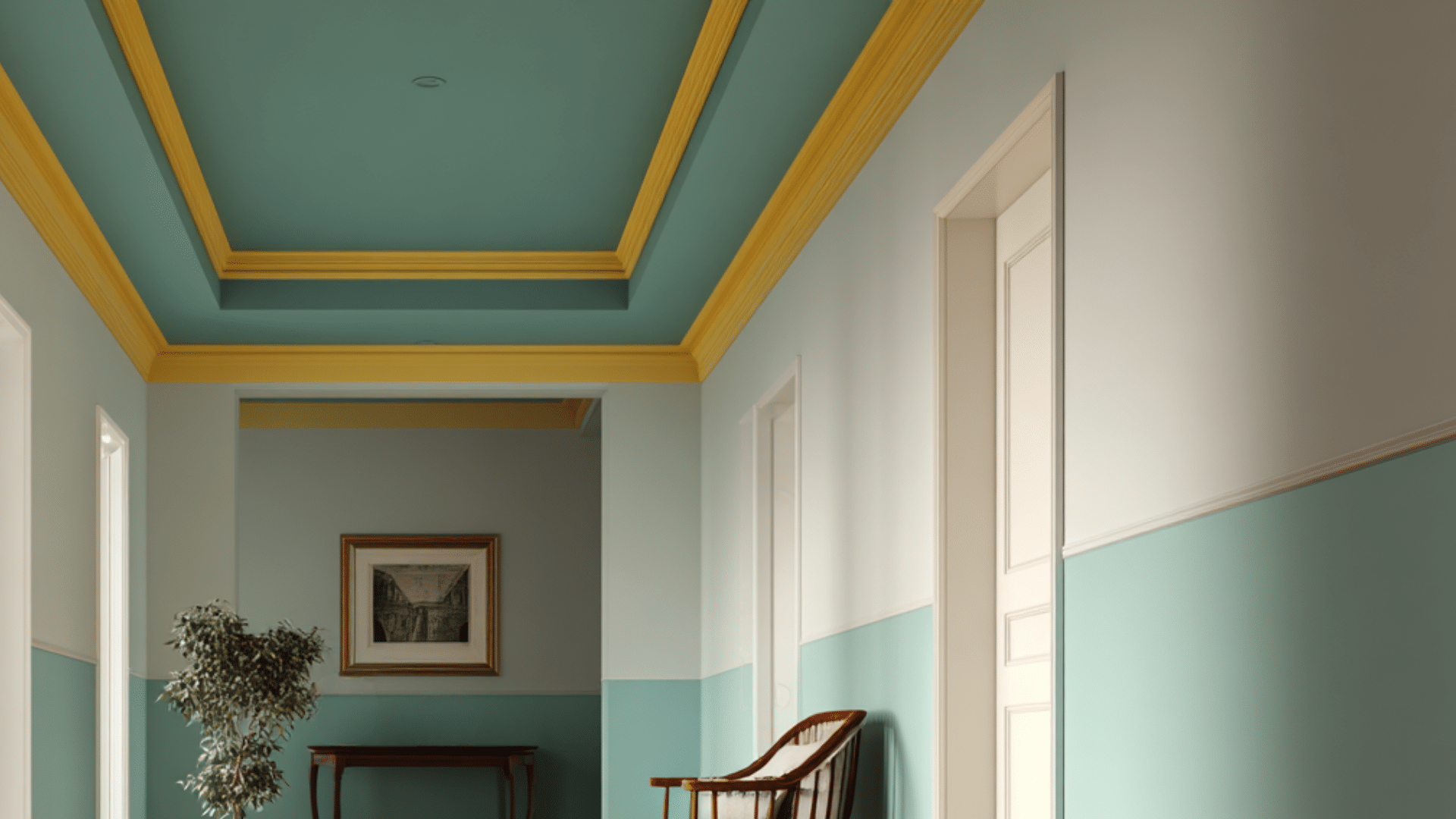
Extend your ceiling color down the wall a few inches to make the ceiling look higher. Paint a border stripe where the ceiling meets the wall for interest.
The color continuation tricks the eye and adds a designer touch to ordinary rooms.
8. Testing Before Committing
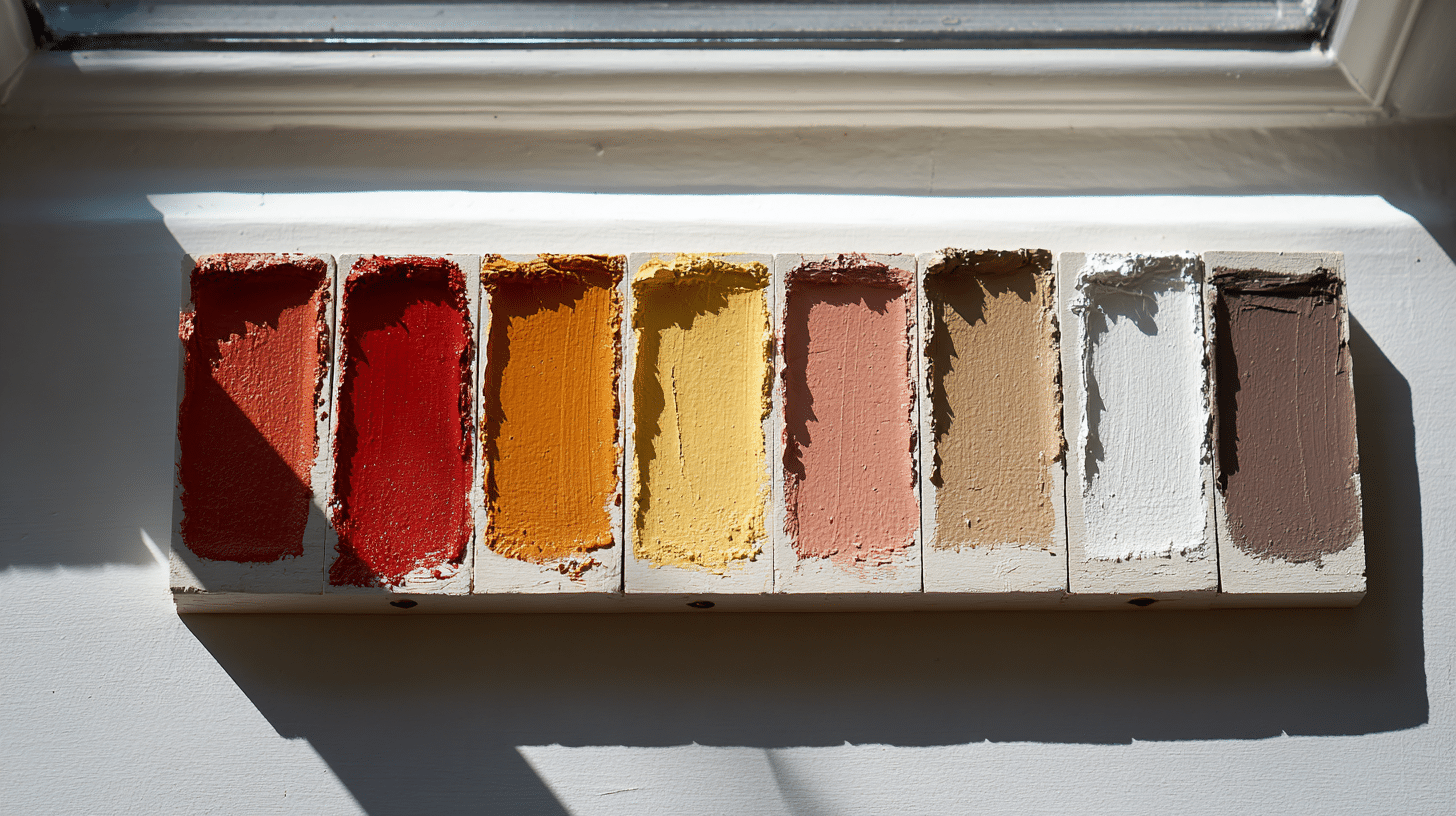
Always test both paints on a small section first, as colors look different under various lighting throughout the day.
Check in the morning and evening light to prevent costly mistakes and ensure satisfaction with the final color before painting everything.
9. Strategic Color Temperature
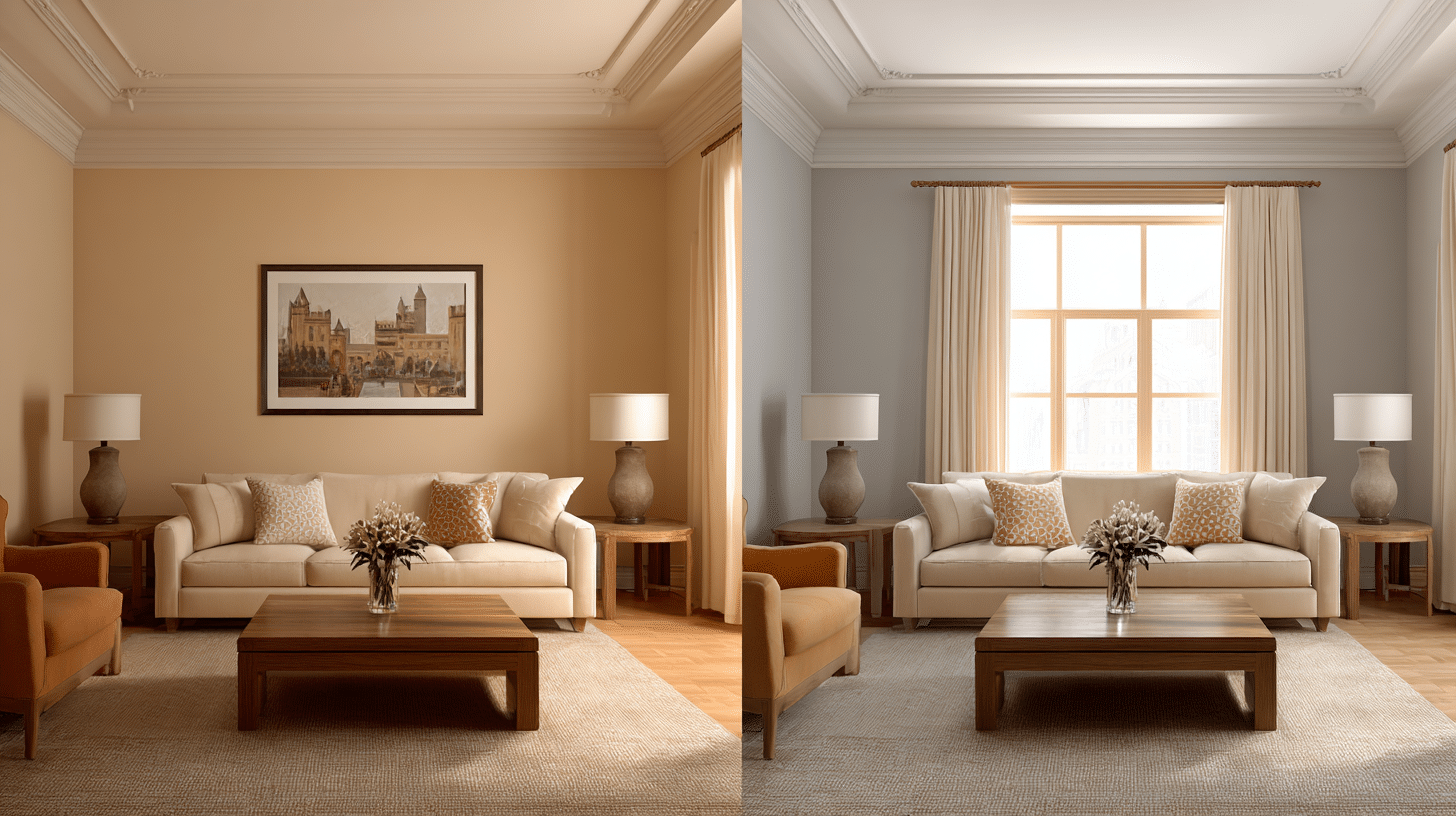
Match calm ceiling tones with calm wall colors, and cool ceiling shades with cool wall hues. Mixing color temperatures causes visual confusion and feels off.
Keeping temperatures aligned makes spaces feel cohesive and well-designed, even if you’re DIYing at home.
Mistakes to Look Out For
- Skipping Primer: Paint won’t stick or cover evenly. Always use a primer for better adhesion and color consistency.
- Using Glossy Paint on Ceilings: Shiny finishes highlight flaws. Stick with flat or matte ceiling paint.
- Applying Only One Coat: One coat looks patchy. Two coats ensure smooth, even coverage.
- Not Testing Colors First: Colors look different under home lighting. Test a small area before committing.
- Mixing Paint Brands: Different formulas can cause poor adhesion or mismatched colors. Use one brand throughout.
- Painting in Poor Lighting: Dim light hides missed spots. Paint in good daylight or with bright work lights.
- Rushing Between Coats: Not letting paint dry fully can cause peeling. Follow recommended drying times.
- Skipping Painter’s Tape: Leads to messy edges. Use quality tape and remove it carefully.
- Using Cheap Tools: Low-quality brushes or rollers leave streaks and lint. Invest in good ones for a cleaner finish.
Key Takeaway
Now you know the real differences between ceiling paint vs wall paint. Each type serves its own purpose, and using the right one saves you time and frustration.
Sure, you might be tempted to grab whatever paint is on sale.
But think about the effort you’ll put into this project. Why risk a subpar finish when the correct paint costs just a few dollars more?
Ready to start your painting project?

